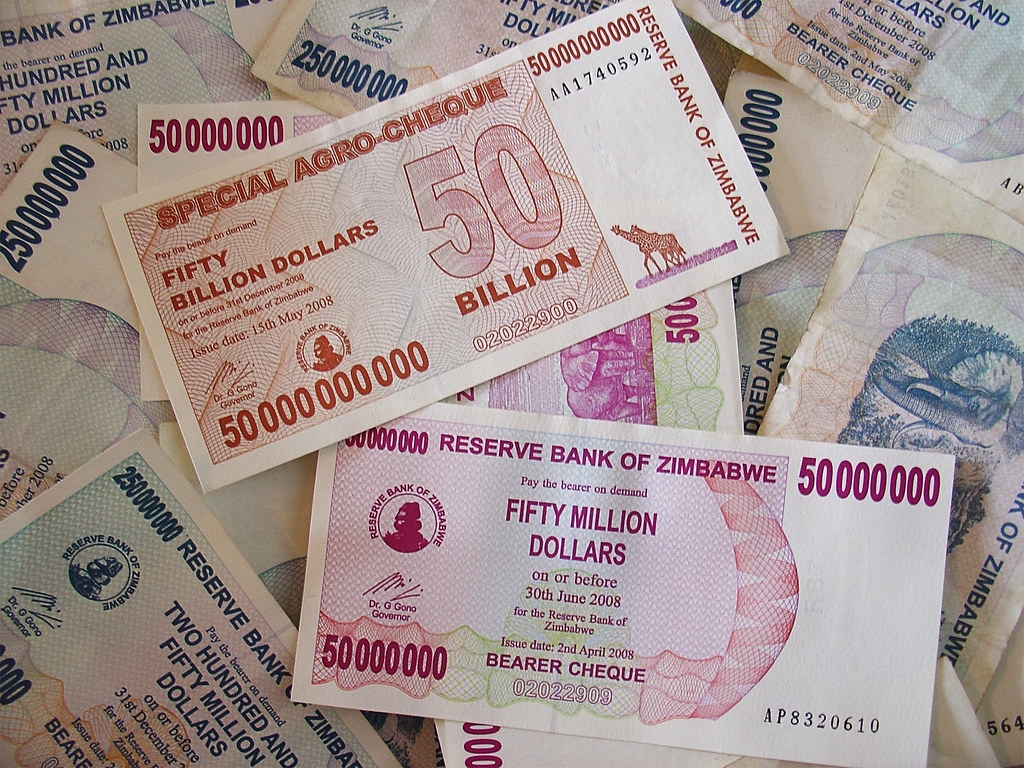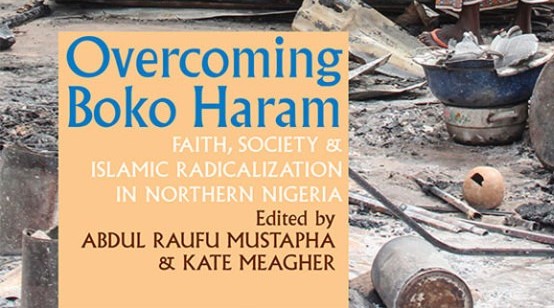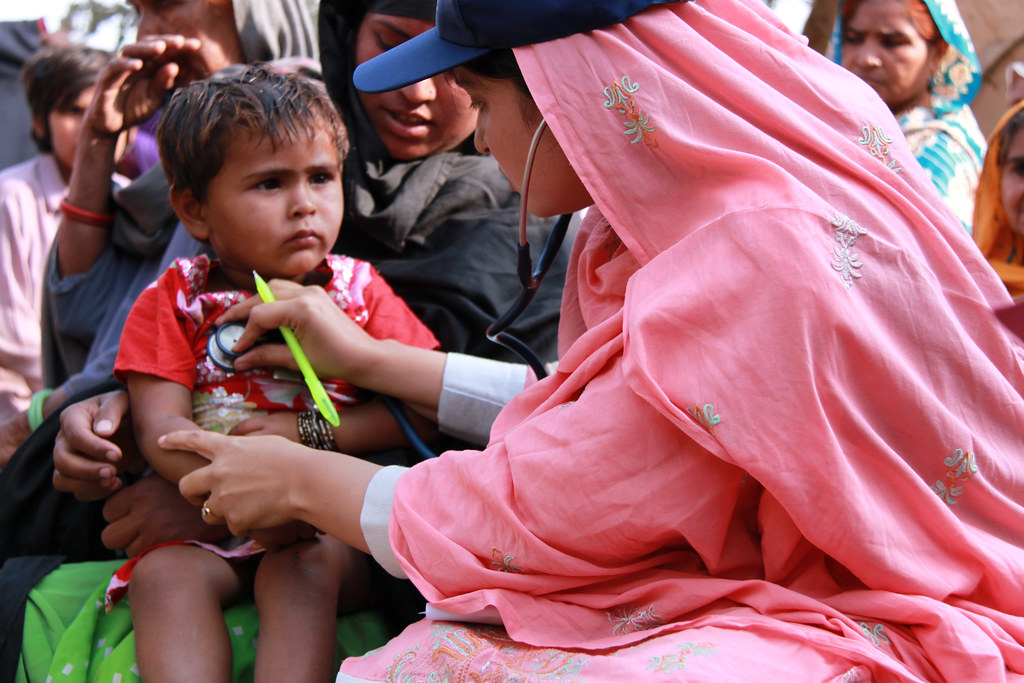Zimbabwe’s inflation rates continue to grow exponentially year-on-year, as does the distrust over the government’s handling of the situation. Alum, Nathan Hayes, examines what lies ahead for the country.

Inflation in Zimbabwe has hit 176% year-on-year, up from 98% y-o-y in May. When measured on a month-on-month basis, inflation came in at 39.3% in June. Inflation of more than 50% m-o-m constitutes hyperinflation.
The official June figure could still be lower than the actual price hikes experienced in the market, as much of the economy operates informally, and official data wouldn’t capture price rises here. Hyperinflation may already be here.
Zimbabwe introduced the Real Time Gross Settlement (RTGS) dollar or “Zimdollar” in February, which operates at a much weaker level on the parallel market. In an attempt to reduce the spread between the official and parallel market rate, and dampen demand for dollars within Zimbabwe, the country’s finance minister in June outlawed using foreign currencies. The official and parallel rates have moved a bit closer since this announcement, but both are still weakening.
The parallel market rate is currently around ZIM$10.5/US$1, and official rate is around ZIM$9/US$1.
Mounting price rises over the past year has been driven by this sustained currency weakness, particularly on the parallel market, and a liquidity crunch. The destruction from Cyclone Idai in March and the ongoing severe drought, combined with weak economic fundamentals, will cause the economy to contract sharply in 2019.
Inflation could well go even higher over the coming months, fuelled by several factors: price hikes for essential goods such as fuel and electricity (as the government cannot afford to keep prices so low), salary increases for civil servants (which the government has promised), the issuing of more government debt, and the minting of new notes and coins. After banning the use of foreign currencies, local currency will need to be printed, and this could lead to hyperinflation as it did in 2008.
There is a pervasive lack of confidence amongst many Zimbabweans in the country’s economic policies and its national currency. This will push people and companies towards using foreign currencies as they don’t trust Zimbabwe dollars, and want to protect themselves against sustained depreciation and soaring inflation. Indeed, many businesses look to still be operating this way. Earlier this week, mining companies and hotels were granted an exemption from the foreign currency ban to pay for energy, highlighting the difficulties of maintaining the ban. This partial re-dollarisation will not help engender confidence in the economy or domestic currency.
This currency weakness creates serious problems for Zimbabwe because the country relies on imports of goods and raw materials that are paid for in foreign exchange. The country has very limited access to foreign currency, however, as exports are very weak, investment is extremely limited, and Zimbabwe is largely cut off from international capital markets. Nevertheless, the country is getting some money from China and Afreximbank (a regional trading bank, which has lent money to Zimbabwe in the past), but not much. Foreign reserves are estimated at just a few weeks’ import cover. Domestic production is extremely weak due to lack of investment, prohibitive government policies, and extensive power cuts (currently around 18 hours a day). The agricultural sector has been decimated by decades of mismanagement and the current drought.
Under the IMF’s Staff Monitored Programme (SMP), which was signed in May, the government agreed to stop foreign borrowing and not rely on the central bank to print money to finance deficits. The government will not be able to keep to either of these, however: the Afreximbank loan was announced just after the SMP was signed; and the government will rely on the Reserve Bank of Zimbabwe (RBZ) to print money after banning the use of foreign currencies.
There are mounting risks of protests, as costs are sky-rocketing, real wages have declined precipitously, and there’s a widespread shortage of many essential goods. The army’s response to protests over tax hikes in January was brutal and received international condemnation. We are likely to see a similar government response this time.
There are rumours of growing discontent amongst senior military figures. There was an attempted coup in the beginning of 2019, but this was just from junior officers, and it didn’t go anywhere. The mounting economic crisis could make situation harder for President Emmerson Mnanagagwa- if the military is struggling too, they may lose faith in him. Constantino Chiwenga (a retired general, and now a Vice President) is ultimately in control of the country. Without military support, Mnangagwa cannot last.
Nathan Hayes is currently a Country Analyst at the Economist Intelligence Unit (EIU), covering Sub Saharan Africa. He Holds a BSc in Economics and Politics from the University of Southampton and MSc in Political Economy of Late Development from the London School of Economics and Political Science.
The views expressed in this post are those of the author and in no way reflect those of the International Development LSE blog or the London School of Economics and Political Science.





